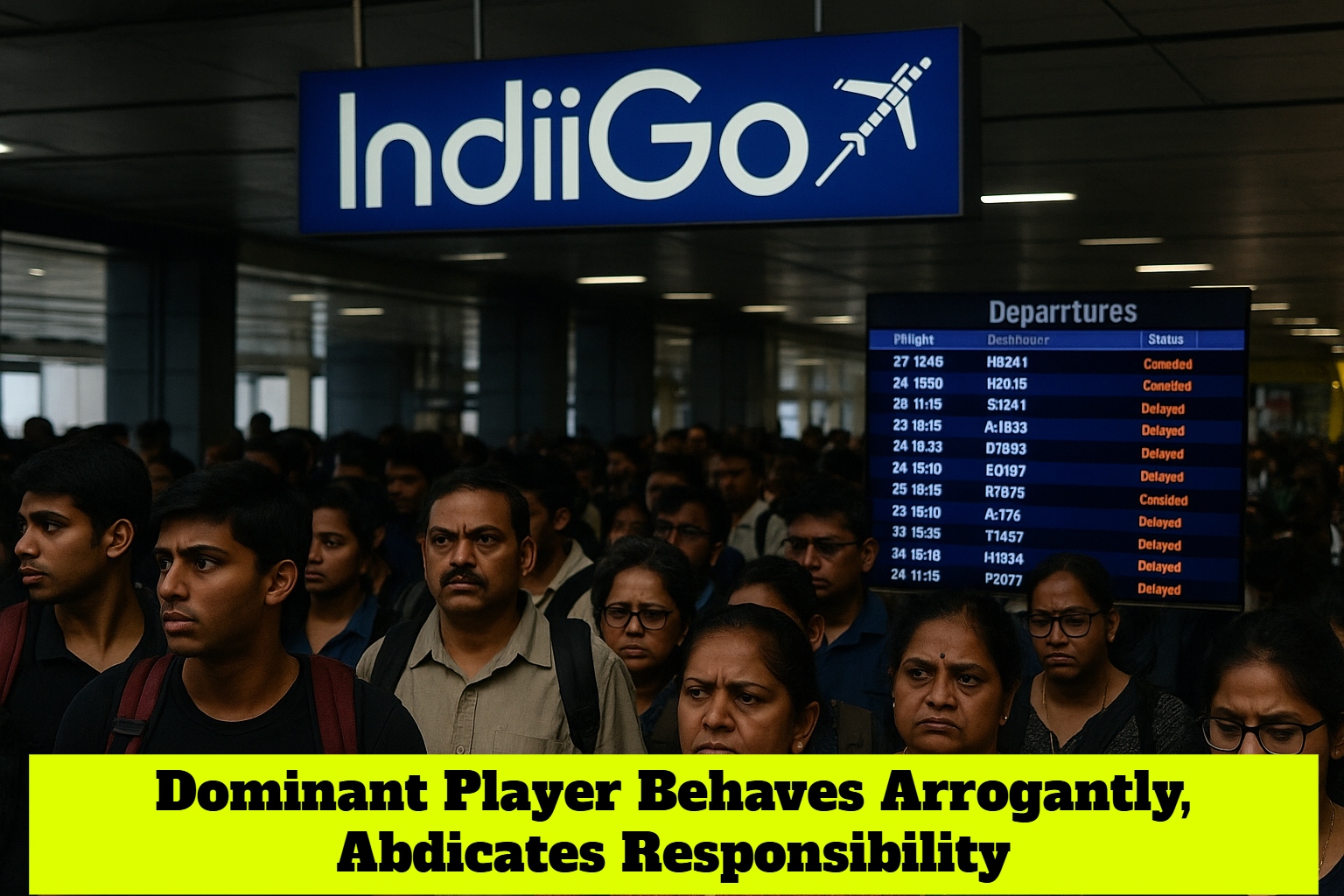

By A Special Correspondent
First publised on 2021-02-26 10:06:46
The Centre has come out with new rules for regulating digital media outlets, OTT platforms and social media. These rules are a mix of self-regulation and mandates with timelines and a three-tier mechanism for redressing grievances. Although the rules as laid out do not seem intimidating, the real problems will start when they are applied as the grievance mechanism has an oversight committee comprising of bureaucrats from several ministries that can take suo motu cognizance of issues and start proceedings. Another negative issue with the rules is that they treat digital news media in the same manner as OTT and social media platforms which is unfair as the content is vastly different on such media platforms.
For social media, he rules mandate that the platforms will have to disclose the 'originator' of any flagged (objectionable or inflammatory) content brought to their notice within 72 hours. While this is necessary to nail the real culprit instead of going after those who mindlessly forward such content, it means that these platforms will intrude on the privacy of individuals by forsaking end-to-end encryption of private messages between individuals who use these platforms. Social media platforms have also been tasked with removing flagged content within 36 hours from the time of it being reported or brought to their notice. They will also have to appoint compliance and grievance officers. These officers will have to acknowledge complaints within 24 hours and resolve them within 15 days.
OTT platforms have been asked to mark content in 5 age-related divisions to signify which content is appropriate for viewing by which age group. These are U which will be suitable for universal viewing; U/A7+ for ages 7 and above; U/A13+ for ages 13 and above; U/A16+ for ages above 16 and A for adult viewing. This classification is in addition to identification of such factors as nudity, violence, substance abuse, language, theme and message which the platforms do warn viewers against even now. Further, those platforms showing content above U/A13+ will have to ensure that subscribers have access to parental lock for such content. These platforms have also been asked to exercise "due caution and discretion" while airing any programme keeping in mind India's racial, regional and religious ethnicity.
Digital media outlets have been asked to inform the Information & Broadcasting Ministry about their details (what, how and where they publish) within 30 days of the publication of the rules. They must also inform the government about the size of their subscriber base. They are also liable to follow the norms of journalistic conduct prescribed by the Press Council of India and the Programme Code of the Cable Television Networks (Regulation) Act. The three-tier self-regulation mechanism provides for a self-regulatory body headed by a retired judge of the Supreme Court or an 'eminent' person and a government-appointed committee at the top.
Although there is nothing in the rules that can classify as attempts to censor content, still the government should have consulted all stakeholders before announcing these rules. Also, the fears of censorship will persist because the government appointed committee can call for hearings on suo motu basis. This can curtail the freedom of digital news media outlets. The government has put its cards on the table. It must now invite feedback from stakeholders and experts before implementing the Information Technology (Guidelines for Intermediaries and Digital Media Ethics Code) Rules, 2021. It must be flexible and incorporate suggested changes to ensure digital new media platforms can work with freedom.











